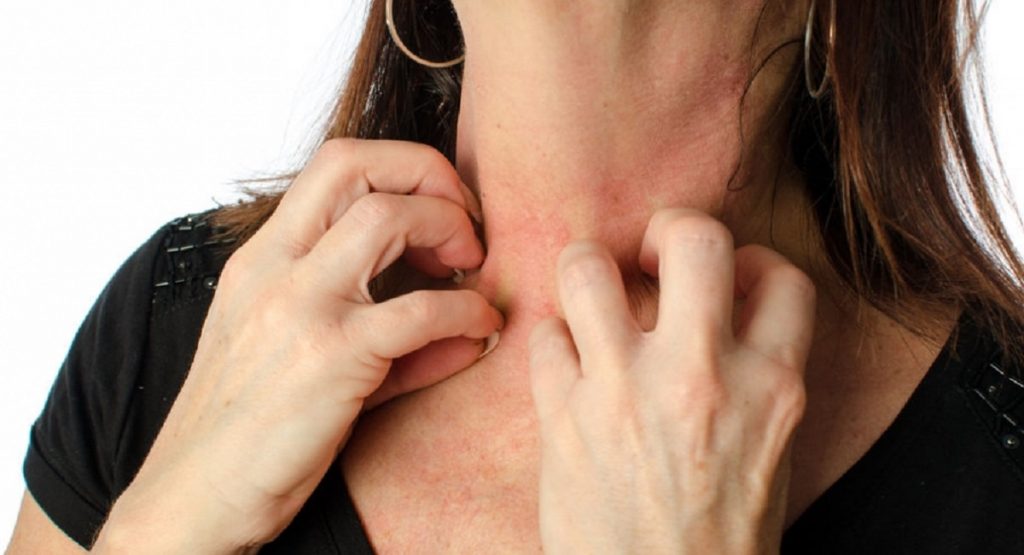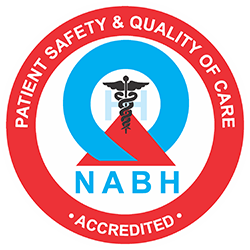Skin Disorders In Summer

Summer season is a hard time for not just the body but also your skin. During summer we spend more time outdoors when UV radiation can cause seasonal skin problems ranging from heat rashes to stubborn skin allergies. It is important to know some skin ailments during summer.
Milaria more commonly known as prickly heat rash is due to prolonged exposure to heat and blocked sweat glands from dirt and bacteria. Because the sweat cannot get out, it appears in the form of tiny, red lesions and can surface anywhere on the body. Common areas are face, neck, chest and back. When the lesions burst and release sweat and a prickly sensation is felt on their skin.
Suntan is due to constant UV exposure which happens more in summer. A Suntan is actually body‘s defense mechanism against intense sun exposure in people with dark skin types.
Sunburn develops after prolonged sun exposure without protection, more common in fair skin types and increases the risk of skin cancer. Exposed skin looks red, irritable with itching and stinging sensation and if severe, skin may even blister and peel.
Melasma is characterized by brown to grey-brown patches, usually on the face. Most people develop on their cheeks, bridge of their nose, forehead, chin, and above their upper lip. It also can appear on other parts of the body that get lots of sun exposure, such as the forearms and neck.
UV radiation can give rise to Polymorphic light eruption leading to rash and itching on the exposed areas like face, hands and back.
Bacterial and fungal folliculitis may appear or become exacerbated in summer because of increased sweating which paves way to bacteria and fungus causing red, itchy, painful bumps. Acne can get aggravated.
Sunlight is the major culprit of wrinkles, dryness and age spots leading to premature aging.
Actinic cheilitis presents as diffuse or patchy dryness of the lower lip due to chronic sun exposure.
Excessive exposure to UV radiation raises the risk of melanoma and non–melanoma skin cancers.
Some Medications can cause photoallergic and phototoxic reactions. These include Psoralens, Doxycycline, Quinolones, Frusemide, Ketoprofen etc.
Guide to Happy summer skin is to stay away from the Sun. Protect your skin from UV radiation by seeking shade, wearing sun-protective clothes with long sleeves and collar, wide-brimmed hat, sunglasses, and applying sunscreen that offers broad-spectrum protection, water resistance and an SPF of 30 or more. Make sure to apply sunscreen 30 minutes before you go out and repeat the application every 2 to 3 hours. Stay out of the sun between 10 a.m. and 4 p.m when the rays are intense.
While these summer skin problems are usually self-limiting. If the rash is persisting or worsening, you should consult your Dermatologist immediately.




